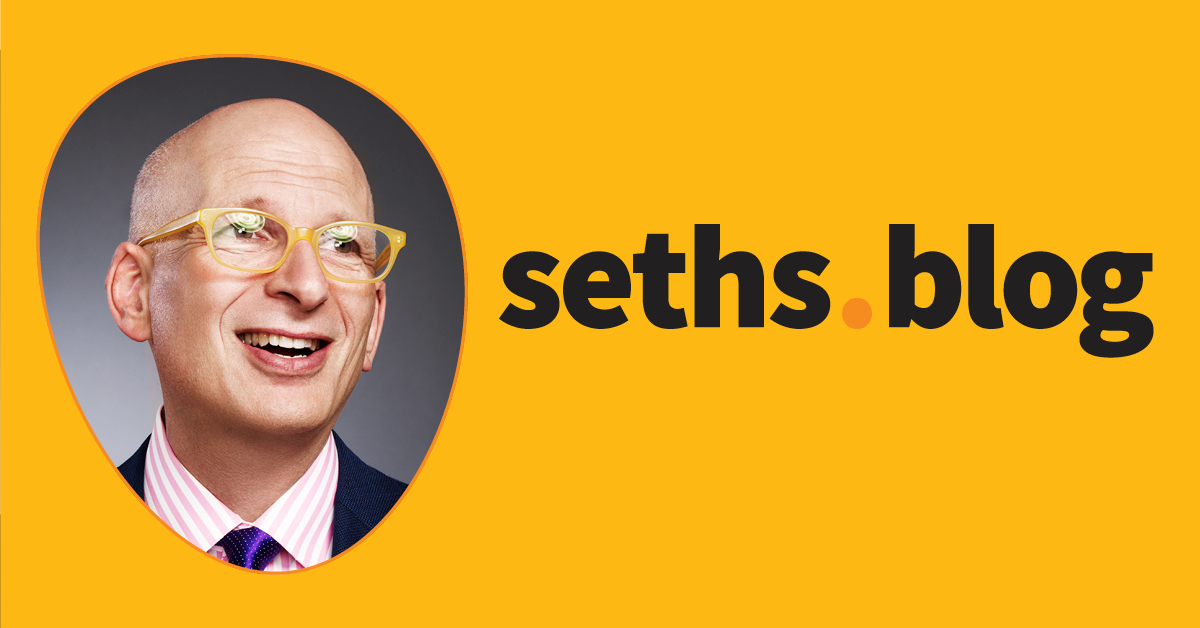How Time Series Forecasting Helps Businesses Plan Smarter
In today’s fast-paced markets, the ability to predict what’s coming next can give businesses a critical edge. That’s where time series and forecasting come into play. This blog explores how analyzing historical data through time-based models can empower companies to make informed decisions, optimize operations, and anticipate future trends with confidence. From real-world applications to strategic benefits, practical steps, and common challenges, explore the full guide to discover how time series analysis forecasting can transform your business into a future-ready enterprise. What is Time Series Forecasting? Time series and forecasting is the process of analyzing data points collected over a period—like monthly sales, website traffic, or daily transactions—to predict future outcomes. It uses statistical and machine learning models to detect patterns, seasonality, and trends over time. This technique of time series and forecasting is applied widely across industries through time series analysis forecasting models: Retail – To manage seasonal inventory and plan marketing using time series analysis forecasting Finance – For budgeting, risk assessment, and portfolio management with the help of time series and forecasting techniques Logistics and Supply Chain – To streamline operations and anticipate demand using real-time time series analysis forecasting Healthcare – For patient volume forecasting and resource planning through advanced time series and forecasting E-commerce – To optimize campaigns and personalize offers using predictive time series analysis forecasting Benefits of Time Series Forecasting for Businesses Time series and forecasting play a vital role in helping companies improve performance and reduce uncertainty. Here are some key business benefits of using time series and forecasting techniques, especially through time series analysis forecasting: Informed Decision-Making Businesses can use time series and forecasting to adjust their strategies based on future trends rather than past performance. Resource Optimization Time series analysis forecasting allows for a more accurate allocation of staff, stock, and capital. Risk Mitigation Early identification of downturns or demand spikes using time series and forecasting reduces surprises and supports preventive planning. Strategic Planning Insights into seasonality and trends, made possible by time series analysis forecasting, allow for better long-term vision and investments. Competitive Advantage Businesses that adopt time series analysis forecasting can proactively adapt to market changes—unlike competitors stuck reacting to them. Does Your Business Need Time Series Forecasting? Not every business needs complex forecasting models—but if your operations depend on timing, patterns, or planning, time series and forecasting could be a game-changer. Here’s how to assess if it fits your business using time series and forecasting techniques, especially time series analysis forecasting: You Handle Time-Based Data Regularly If your business records sales data, traffic stats, customer interactions, or inventory levels over time, you already have the raw material needed for time series and forecasting. You Experience Seasonality or Cycles Businesses that notice peaks and dips—like holiday seasons, monthly rushes, or weekend surges—can use time series analysis forecasting to better prepare for these cycles. You're Looking to Cut Costs and Improve Efficiency Predicting demand with time series and forecasting helps prevent overstocking or understaffing, reducing waste and improving profitability. Your Industry Is Becoming Data-Driven Competitors using time series analysis forecasting and other predictive analytics are likely getting ahead. Forecasting allows you to catch up—or even leap ahead. You’re Making Critical Strategic Decisions If your business is scaling, launching new products, or entering new markets, time series analysis forecasting provides the foresight to plan confidently. Common Business Applications of Forecasting Many industries are reaping the rewards of adopting time series and forecasting methods. Below are a few examples of practical applications: - Sales Forecasting – *Predict future demand to align production and inventory with customer needs. *- Financial Forecasting – Plan budgets, manage cash flow, and forecast revenue growth or decline. - Predictive Maintenance – Monitor equipment performance and schedule maintenance before failures occur. - Seasonal Planning – Track patterns in customer behavior and adjust marketing and stocking accordingly. Forecasting Challenges to Consider While effective, implementing time series analysis forecasting isn't without challenges: - Data Quality and Consistency Forecasting relies on clean, reliable historical data. Incomplete or inconsistent records can reduce accuracy. - Model Selection and Complexity Choosing between traditional models like ARIMA and advanced m

In today’s fast-paced markets, the ability to predict what’s coming next can give businesses a critical edge. That’s where time series and forecasting come into play. This blog explores how analyzing historical data through time-based models can empower companies to make informed decisions, optimize operations, and anticipate future trends with confidence.
From real-world applications to strategic benefits, practical steps, and common challenges, explore the full guide to discover how time series analysis forecasting can transform your business into a future-ready enterprise.
What is Time Series Forecasting?
Time series and forecasting is the process of analyzing data points collected over a period—like monthly sales, website traffic, or daily transactions—to predict future outcomes. It uses statistical and machine learning models to detect patterns, seasonality, and trends over time.
This technique of time series and forecasting is applied widely across industries through time series analysis forecasting models:
Retail – To manage seasonal inventory and plan marketing using time series analysis forecasting
Finance – For budgeting, risk assessment, and portfolio management with the help of time series and forecasting techniques
Logistics and Supply Chain – To streamline operations and anticipate demand using real-time time series analysis forecasting
Healthcare – For patient volume forecasting and resource planning through advanced time series and forecasting
E-commerce – To optimize campaigns and personalize offers using predictive time series analysis forecasting
Benefits of Time Series Forecasting for Businesses
Time series and forecasting play a vital role in helping companies improve performance and reduce uncertainty.
Here are some key business benefits of using time series and forecasting techniques, especially through time series analysis forecasting:
Informed Decision-Making
Businesses can use time series and forecasting to adjust their strategies based on future trends rather than past performance.
Resource Optimization
Time series analysis forecasting allows for a more accurate allocation of staff, stock, and capital.
Risk Mitigation
Early identification of downturns or demand spikes using time series and forecasting reduces surprises and supports preventive planning.
Strategic Planning
Insights into seasonality and trends, made possible by time series analysis forecasting, allow for better long-term vision and investments.
Competitive Advantage
Businesses that adopt time series analysis forecasting can proactively adapt to market changes—unlike competitors stuck reacting to them.
Does Your Business Need Time Series Forecasting?
Not every business needs complex forecasting models—but if your operations depend on timing, patterns, or planning, time series and forecasting could be a game-changer.
Here’s how to assess if it fits your business using time series and forecasting techniques, especially time series analysis forecasting:
- You Handle Time-Based Data Regularly
- If your business records sales data, traffic stats, customer interactions, or inventory levels over time, you already have the raw material needed for time series and forecasting.
- You Experience Seasonality or Cycles
- Businesses that notice peaks and dips—like holiday seasons, monthly rushes, or weekend surges—can use time series analysis forecasting to better prepare for these cycles.
- You're Looking to Cut Costs and Improve Efficiency
- Predicting demand with time series and forecasting helps prevent overstocking or understaffing, reducing waste and improving profitability.
- Your Industry Is Becoming Data-Driven
- Competitors using time series analysis forecasting and other predictive analytics are likely getting ahead. Forecasting allows you to catch up—or even leap ahead.
- You’re Making Critical Strategic Decisions
- If your business is scaling, launching new products, or entering new markets, time series analysis forecasting provides the foresight to plan confidently.
Common Business Applications of Forecasting
Many industries are reaping the rewards of adopting time series and forecasting methods. Below are a few examples of practical applications:
- Sales Forecasting – *Predict future demand to align production and inventory with customer needs.
*- Financial Forecasting – Plan budgets, manage cash flow, and forecast revenue growth or decline.
- Predictive Maintenance – Monitor equipment performance and schedule maintenance before failures occur.
- Seasonal Planning – Track patterns in customer behavior and adjust marketing and stocking accordingly.
- Forecasting Challenges to Consider
While effective, implementing time series analysis forecasting isn't without challenges:
- Data Quality and Consistency
Forecasting relies on clean, reliable historical data. Incomplete or inconsistent records can reduce accuracy.
- Model Selection and Complexity
Choosing between traditional models like ARIMA and advanced machine learning models can be daunting without expert support.
- Implementation Costs
While the returns are high, the initial setup may involve investment in software, training, or expert services.
This is where working with experienced analytics partners like Instalogic becomes essential. Their services in business intelligence and analytics implementation help businesses identify the right model, tools, and processes for success. Read more here.
How to Implement Time Series Forecasting in Your Business
Getting started with time series and forecasting requires a structured approach:
- Collect Historical Data: Identify key metrics like sales, transactions, or traffic patterns over time.
- Clean and Organize Your Data: Ensure data is consistent, complete, and free of anomalies.
- Choose the Right Forecasting Model: Depending on your use case, this could be a statistical model (ARIMA, Exponential Smoothing) or a machine learning model (Prophet, LSTM).
- Train the Model and Test: Use historical data to train the model and test accuracy with recent events.
- Refine Based on Real-Time Data: Keep feeding the model with updated data for better accuracy over time.
- Integrate Into Business Workflow: Ensure forecast insights are delivered to decision-makers and embedded into planning tools. Who Should Consider Forecasting?
Businesses across a wide range of sectors benefit from predictive modeling. This includes:
- Retailers – Managing supply, pricing, and promotion strategies.
- Financial Institutions – Planning investments, monitoring risk, and managing budgets.
- Supply Chain Managers – Ensuring inventory and logistics are aligned with future demand.
- Healthcare Providers – Forecasting patient load and resource availability.
- E-commerce Brands – Personalizing marketing and optimizing user experience based on expected behavior. Instalogic supports companies in all of these sectors through its BI services, helping them shift from guesswork to precision through data insights and reliable forecasting models.
Final Thoughts
In an uncertain business environment, time series analysis forecasting empowers organizations with the clarity to make informed, forward-looking decisions. From understanding sales trends to preparing for seasonal shifts, predictive analytics helps companies thrive—not just survive.
If your business handles time-based data, faces recurring patterns or aims to optimize decision-making, then it's time to embrace time series and forecasting as part of your growth strategy. With the right partner and tools, the future doesn’t have to be uncertain—it can be anticipated, planned for, and leveraged.








![[FREE EBOOKS] Machine Learning Hero, AI-Assisted Programming for Web and Machine Learning & Four More Best Selling Titles](https://www.javacodegeeks.com/wp-content/uploads/2012/12/jcg-logo.jpg)



















.jpg)











































